Get PeakVisor App
Sign In
Search by GPS coordinates
- Latitude
- ° ' ''
- Longitude
- ° ' ''
- Units of Length

Yes
Cancel
Share ×

Scan the QR code and open PeakVisor on your phone
❤ Wishlist ×
Choose
Delete
The Andaman and Nicobar Islands are a chain of 836 islands, islets, and rocky outcrops between the Bay of Bengal and the Andaman Sea. The islands collectively form an archipelago that runs north to south along an ancient maritime trade route between the landmasses of India, Myanmar, and Indonesia. The island’s impressive coastal areas are known for their idyllic, white-sand beaches, crystal turquoise waters, coral reefs, and fascinating marine life. Further inland, the island chain is renowned for tropical rainforests, where certain indigenous cultures live in almost complete isolation. Generally, the terrain is flat and rolling, but there are still 29 named peaks in the Andaman and Nicobar Islands; the highest and most prominent mountain is Saddle Peak, which stands at an elevation of 732 m / 2,402 ft. That said, the entire chain of islands is technically a mostly submerged, underwater mountain range.
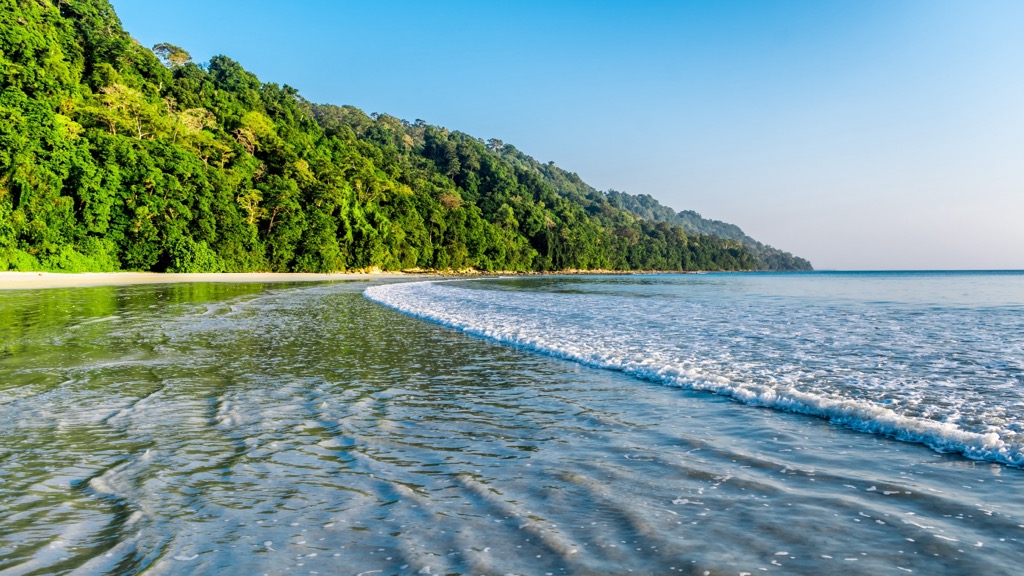
Collectively occupying about 8,249 sq km (3,185 sq mi), the Andaman and Nicobar Islands stretch north to south, more than 800 km (500 mi), forming a natural barrier between the Bay of Bengal and the Sea of Andaman.
The 836 islands are divided into two parts, with the Andamans to the north and the Nicobars to the south. The north and south are naturally separated by Ten Degree Channel in the Bay of Bengal, named for its location at 10°N latitude.
The northernmost island in the archipelago is called Landfall Island. It’s roughly 901 km (560 mi) from Visakhapatnam, Andhra Pradesh, the closest point on mainland India. Myanmar’s southern coast is about 300 km (186 mi) south of Landfall Island.
On the southern tip of the chain, we find Great Nicobar Island and Indira Point, the most southern point on the southernmost island. The closest international landmass to this point is Sumatra, Indonesia, only 150 km (93 mi) away. On the other hand, it’s more than 1,300 km (808 mi) to the closest point on mainland India, which is Chennai on India’s east coast.
Located on Southern Andaman Island, the territory's capital is Port Blair, named after Captain Archibald Blair, a British colonial navy official of the East India Company. In September 2024, India’s government officially changed the city's name from Port Blair to Sri Vijaya Puram.
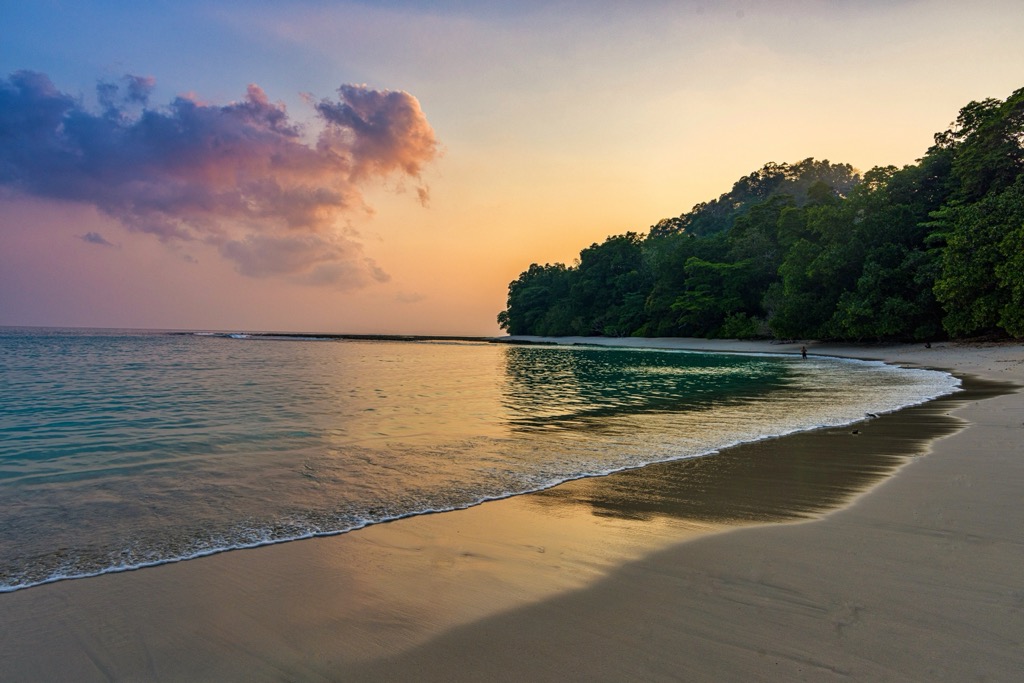
Whether you call it Port Blair or Sri Vijaya Puram, the famous port city capital is the exclusive entry point, by air or sea, along the entire island chain. Foreign nationals who wish to visit the archipelago must obtain a Restricted Area Permit (RAP). Luckily, this is easier than it sounds, and in most cases, tourists can get a 30-day permit upon arrival at the airport or seaport. The RAP is free and provides access to many popular tourist attractions, including Rangat, Long Island, Havelock Island, and Baratang Island.

The best way to access the remote archipelago is via its only airport, Veer Savarkar International Airport, about 2 km / 1.2 mi south of Port Blair. Featuring a single airstrip that is 3,290 m (10,794 ft) long, the airport has both a civilian terminal and a terminal operated by the Indian Navy and Coast Guard. Direct flights of just a few hours or less are offered to Southern Andaman Island from several major cities in India, including Chennai (2 hours), Kolkata (2 hours), Delhi (3.5 hours), Bengaluru (2.5 hours) and Mumbai (3 hours).
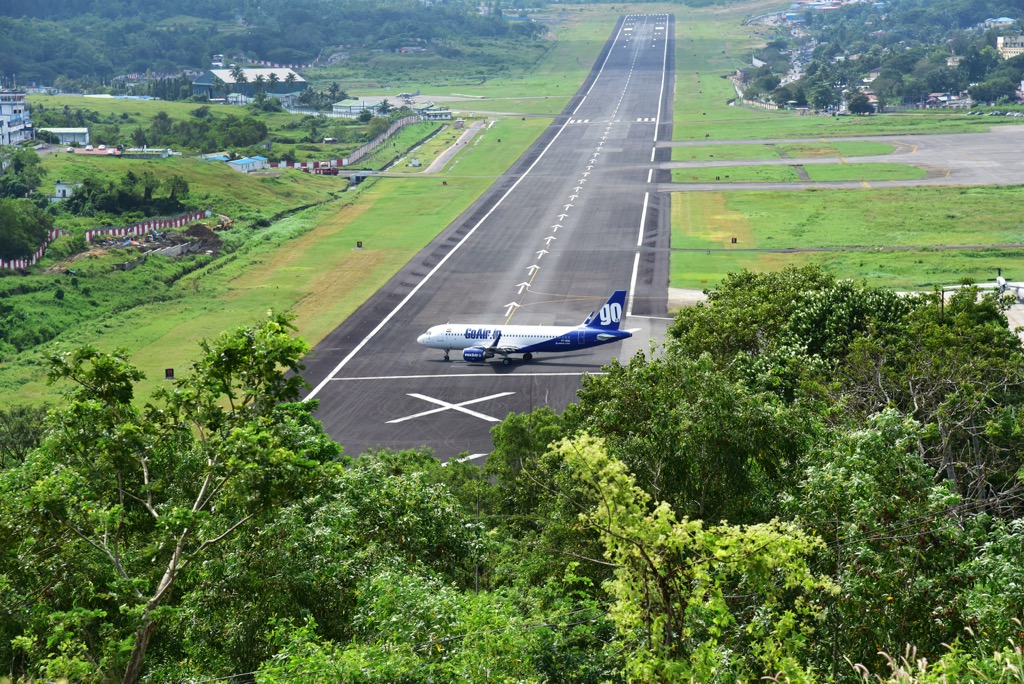
Take note that only 31 of the 836 islands are permanently inhabited. Some are very remote, or lack a freshwater source, while others are so rugged, tiny, or isolated that nobody has bothered to set up shop. Some are off limits due to the conservation of sensitive terrain and fragile ecosystems, logging, hunting, and/or damage from the tsunami in 2004. The list goes on. For many, it’s just part of the mystery and allure of these geographically, technologically, culturally, and socially remote tropical islands.
Some of the inhabited islands, including North Sentinel Island, are considered tribal reserves and are permanently closed to all visitors, thanks to the Protection of Aboriginal Tribes Regulation (1956) and the Indian Forest Act (1927). These rules were established for the protection of local indigenous tribes, including some of the world’s most ancient and isolated peoples. Access is strictly prohibited, and that goes for Indian citizens and foreigners alike. There are stories of those who have violated these laws and paid the ultimate price with their lives. It goes without saying that it’s probably best to stick to the beaten path.
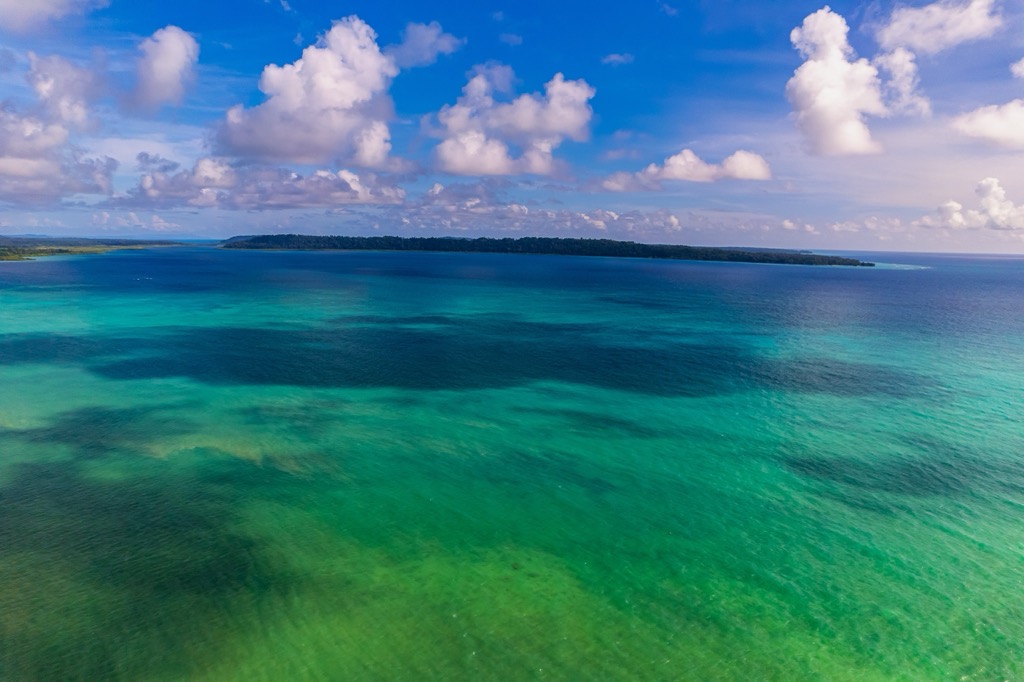
Truly a remote tropical ocean paradise in every sense, the Andaman and Nicobar Islands have it all, from powdery white sand beaches, clear blue waters, rugged coastal terrain, coconut groves, and fantastical coral reefs. Between the rocky cliffs and beaches lies an amazingly diverse ecosystem supporting life for crustaceans, fish, sea turtles, and a wide array of wildlife. Radhanagar Beach on Havelock Island is hands down among the world’s most exquisite, making it a popular tourist attraction for scuba diving, snorkeling, swimming, and sunbathing. According to the locals, the legendary sunsets live up to the hype and are not to be missed.
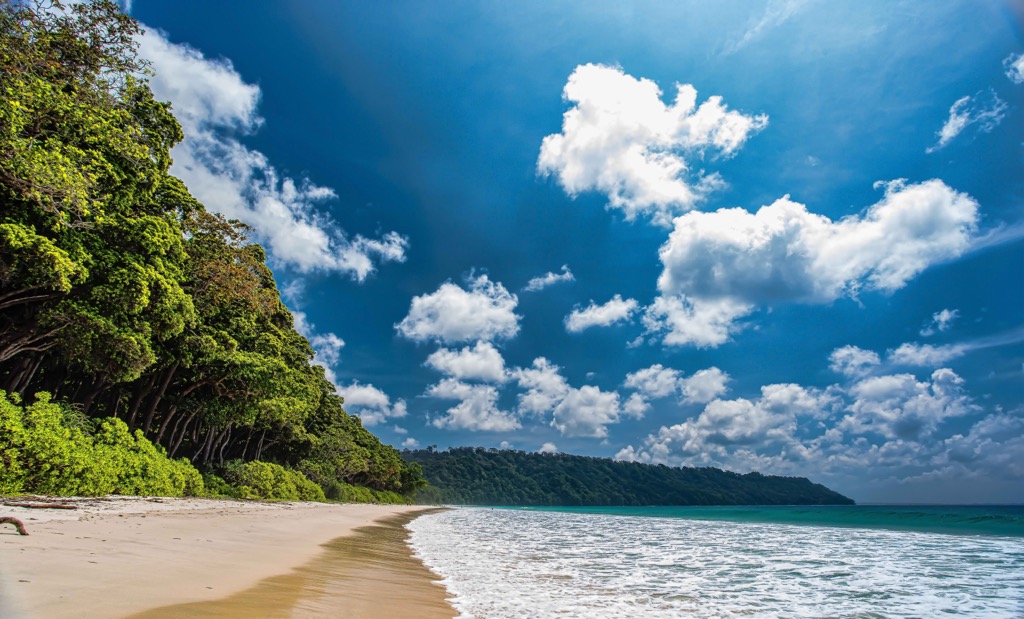
Growing widely throughout the island chain’s coastal regions, the mangrove is a hearty, shrub-like tree that thrives in brackish water. Thirty-six mangrove species grow in the Andaman and Nicobar Islands, and about 11% of India’s mangroves are found within the archipelago.
The mangrove forests play an important role in the ecosystem by forming a barrier that surrounds the islands, offering protection from cyclones, storms, tsunamis, erosion, and tidal surges. It is widely accepted that the dense mangrove forests are at least partly responsible for helping to safeguard the island during the Indian Ocean Tsunami in 2004.
Above and beyond physical protection, the mangroves provide the perfect habitat for diverse wildlife in and around the islands while capturing outsized quantities of carbon dioxide within their root systems. Initiatives to protect the mangrove forests have been widely embraced with conservation efforts aimed at reducing deforestation and development pressures. According to some sources, up to 47% of mangrove forests have been destroyed since the 1980s.
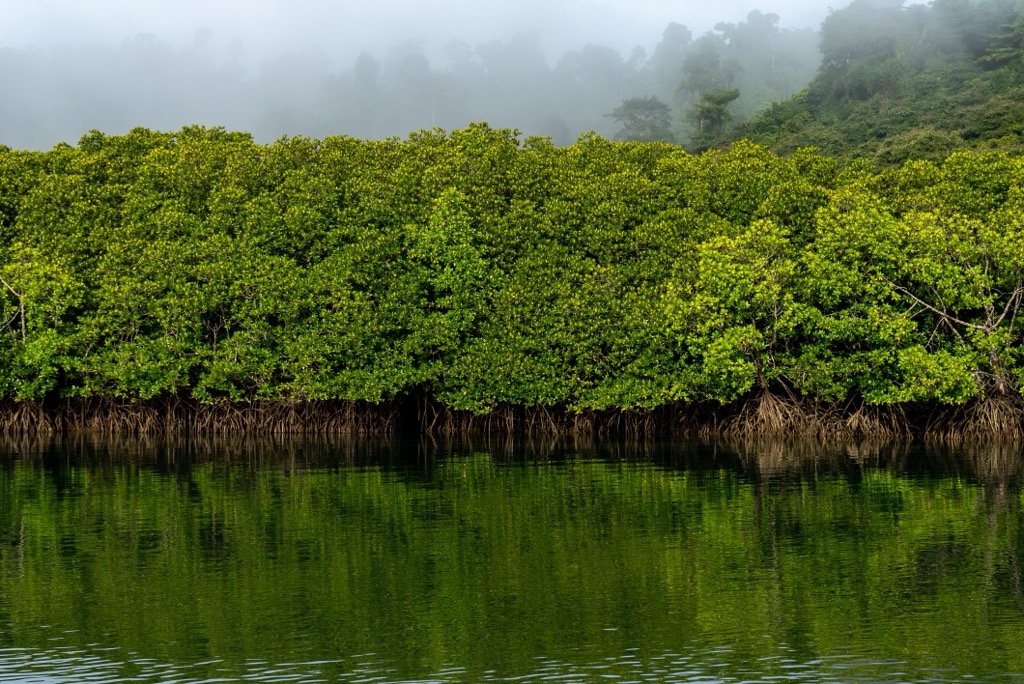
Further inland, beyond the mangrove forest, the topography quickly transitions to some of the planet’s wildest and most pristine broadleaf moist tropical rainforests. From the dense upper canopy of the forest populated with evergreen and deciduous trees to the wet, humid, and dank forest floor below, the virgin rainforest supports an almost unfathomable number of animal species, many of them both endemic and endangered, as well as an equally impressive array of vegetation. The rainforest is also home to many indigenous tribes whose traditional ways of life and ancient cultural heritage go hand-in-hand with the islands’ colorful native plants, animals, and insects.
Extending more than 11,000 sq km (4,247 sq mi) around the Andamans and around 2,500 sq km (965 mi) around the Nicobars, the coral reefs are among the archipelago’s most delicate and defining attributes. The coral reefs around these islands can be divided into two varieties: barrier reefs, separated from the island by a lagoon and found on the western shore, and fringing reefs, which grow directly from the shore and can be found along the east.
In total, this biodiversity hotspot has more than 500 species of corals and 1,000 or more species of fish and marine animals. Conservation efforts have come to the forefront in recent years, as rapidly warming ocean temperatures, due to climate change, have proven deadly to the corals, resulting in widespread coral bleaching in the Andaman Sea.

The island arc is home to Barren Island, the only active volcano in South Asia. The stratovolcano first erupted in 1787 and has seen major eruptions in 1991, 2005, 2008, 2017, and most recently in September 2022. With each subsequent eruption, the island's shape and character change due to lava flows.
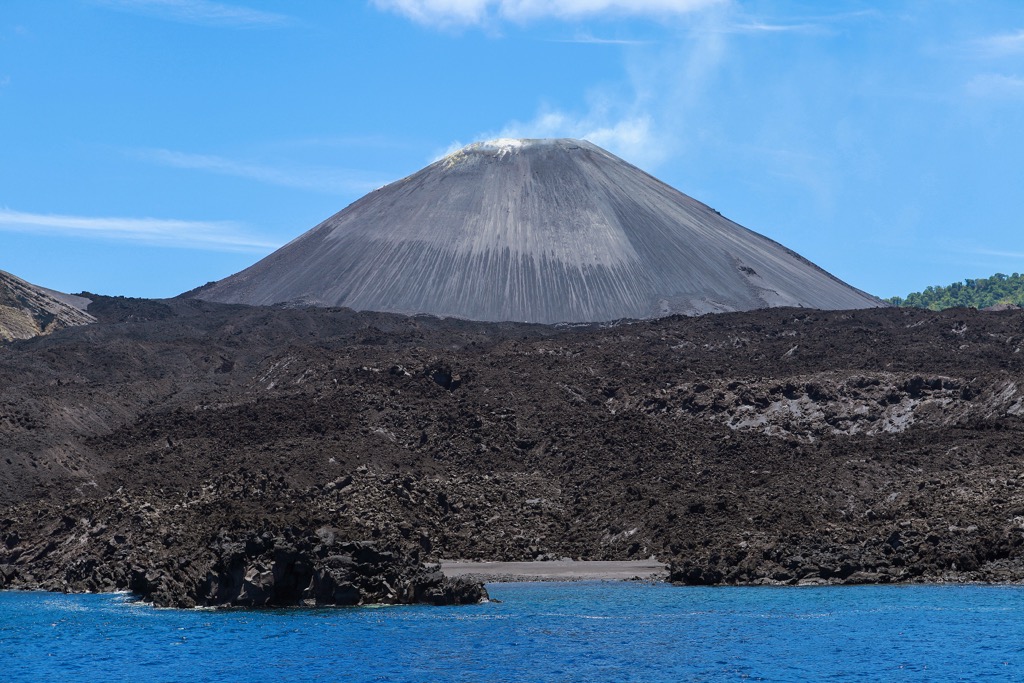
Due to the frequency and unpredictability of eruptions, the island is off-limits to visitors. Permission is typically only granted to those conducting official research, such as volcanologists. Boats are restricted to docking on shore. However, many boating and diving expeditions are available to adventurers looking to get a closer look at the island and its many wonders from the safety of the surrounding ocean.
About 140 km (87 mi) northeast of Barren Island lies Narcondam Island, another notable volcano. Due to their proximity, the two volcanic islands are often studied in tandem. However, Narcondam is a dormant volcano that has not been active since recorded history and most likely has not erupted in millions of years.
The island chain was formed as the result of tectonic activity that began more than 100 million years ago when the Indian Plate broke off from the supercontinent of Gondwana and collided with the Eurasian Plate. Among other things, this resulted in the formation of the Himalayan mountains and sparked tectonic activity and magma production in the Sunda Arc.
As tens of millions of years passed, the Indian Plate continued the push northward, colliding with the Burmese Microplate and eventually sliding beneath it, in a process called subduction. This resulted in ongoing uplift, which caused the Andaman-Nicobar Ridge to begin rising from the sea floor.
The partially submerged mountain arc we know today as the Andaman and Nicobar Islands continues to be a tectonically active region, with earthquakes that often result in tsunamis and more subtle volcanic activity not uncommon. On December 26, 2004, continued subduction of the Indian Plate below the Burmese Microplate resulted in an underwater earthquake of magnitude 9.1-9.3 (one of the most severe ever on record). The quake triggered an intense tsunami off Sumatra, Indonesia's west coast, severely affecting the Andaman and Nicobar Islands.
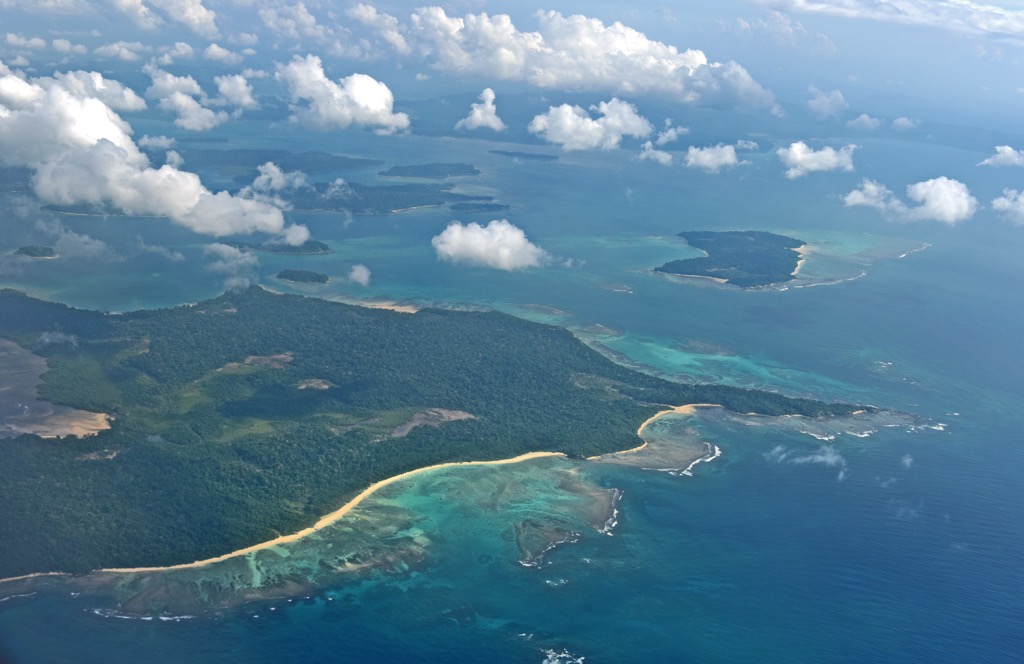
The Andaman and Nicobar Islands are home to some of the world’s richest biodiversity and complex ecosystems, with about 2,200 plant species and more than 11,000 animal species. Many of these are endemic to the island chain and sometimes even to a specific island.
Temperatures in the tropical climate are typically between 24ºC (75ºF) to 31ºC (87ºF) with an average of 80% humidity. The islands receive about 3,000 mm (118 in) to 3,800 mm (149 in) of rain annually, thanks to the southwest monsoon patterns.
The Kalpong River on North Andaman Island is the only major river in the Andamans and is used for a hydroelectric power station. On Nicobar, the Galathea River holds special significance for the region as it runs through the Biosphere Preserve and empties into the Indian Ocean at Galathea Bay, serving as a crucial nesting ground on the beaches for the endangered Leatherback Turtles.
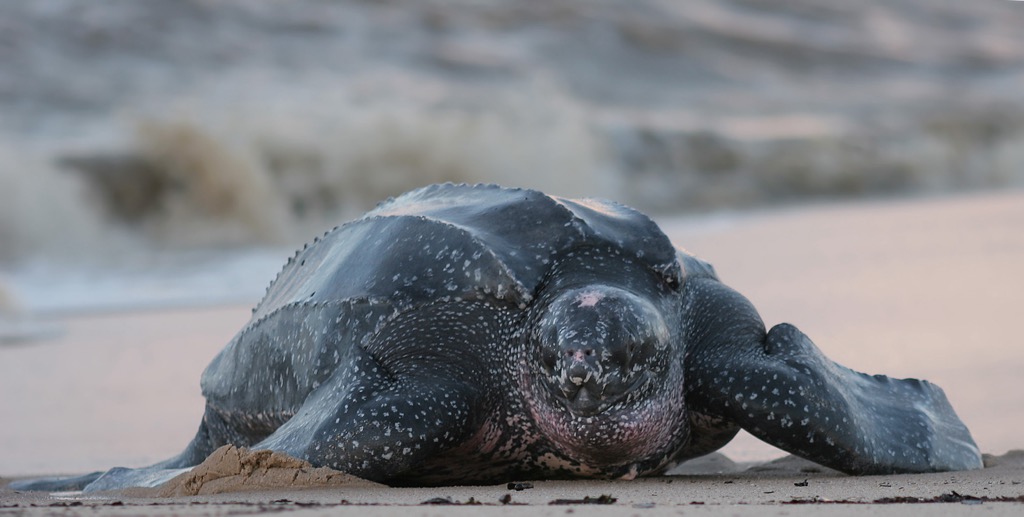
The largely unspoiled island chain is characterized by its incredibly diverse plant life, including upwards of 200 endemic plants. Ranging from coastal seagrass to mangrove forests to tropical rainforest, the total forest coverage is estimated to be over 86% and is diverse as it is extensive.
Notably, even within the island chain, there is a wide variance in vegetation from island to island. While most rainforests contain primarily evergreen trees, the middle Andamans are characterized by many deciduous forests. Meanwhile, the southern Andamans have an incredible variety of epiphytic vegetation, composed mostly of ferns and orchids. The Nicobar Islands share more similarities in flora with Malaysia and Indonesia, while the Andamans have more in common with Eastern India, Myanmar, and Thailand.

Home to at least 30 different species of trees, the rainforests of the Andaman and Nicobar Islands are a haven and sanctuary for some of the most rare and sought-after woods in the world. Today, thanks to deforestation, climate change, and invasive species, some of the most highly treasured species are found only in protected habitats, including Mount Harriet National Park and Saddle Peak National Park.
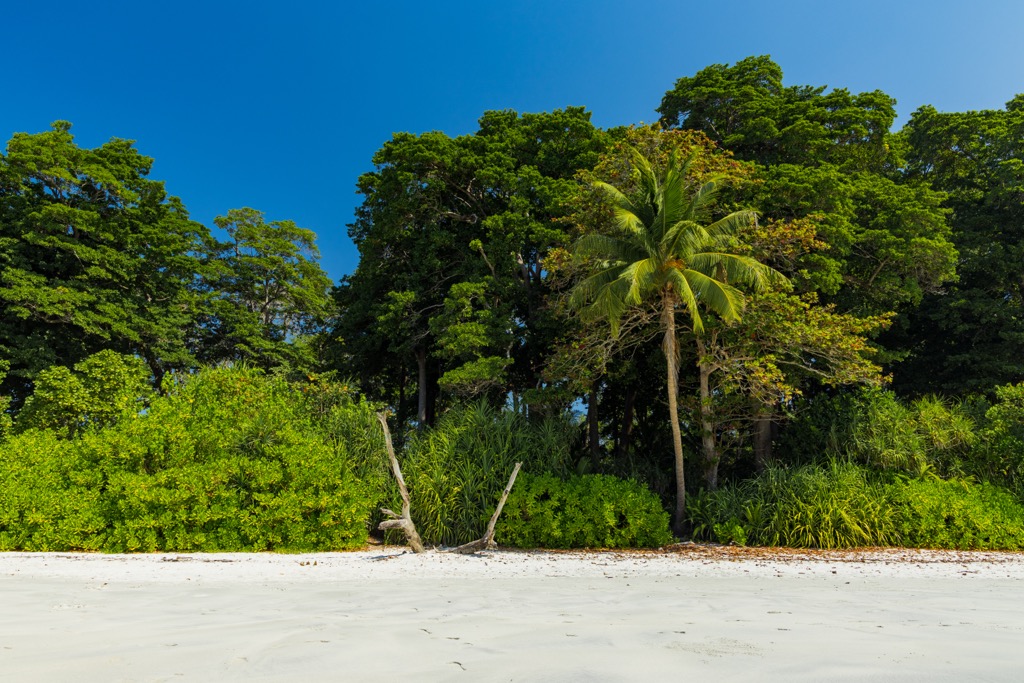
Andaman Padauk (Pterocarpus dalbergioides): These majestic hardwood trees can grow to impressive heights of 40 m (131 ft) tall. When harvested, the prized timber is used in construction and high-end furniture.
Narcondam Teak (Tectona philippinensis): This one-of-a-kind teak is found only on the most eastern Indian island. To the naked eye, it bears a resemblance to mainland Indian Teak. A trained eye can see how it retains unique physical characteristics resulting from ongoing isolation.
Andaman Wild Mango (Mangifera andamanica): A rare, endemic species of mango, the tree produces small edible fruits distinct from a standard domesticated mango, and a valuable food source for birds and mammals.
Screw Pine (Pandanus Andamanensium) Characterized by long, spiked leaves and the uncanny ability to survive in salty and sandy soil, this endemic pine is essential to coast stability. At the same time, indigenous tribes depend on the leaves for basket weaving.
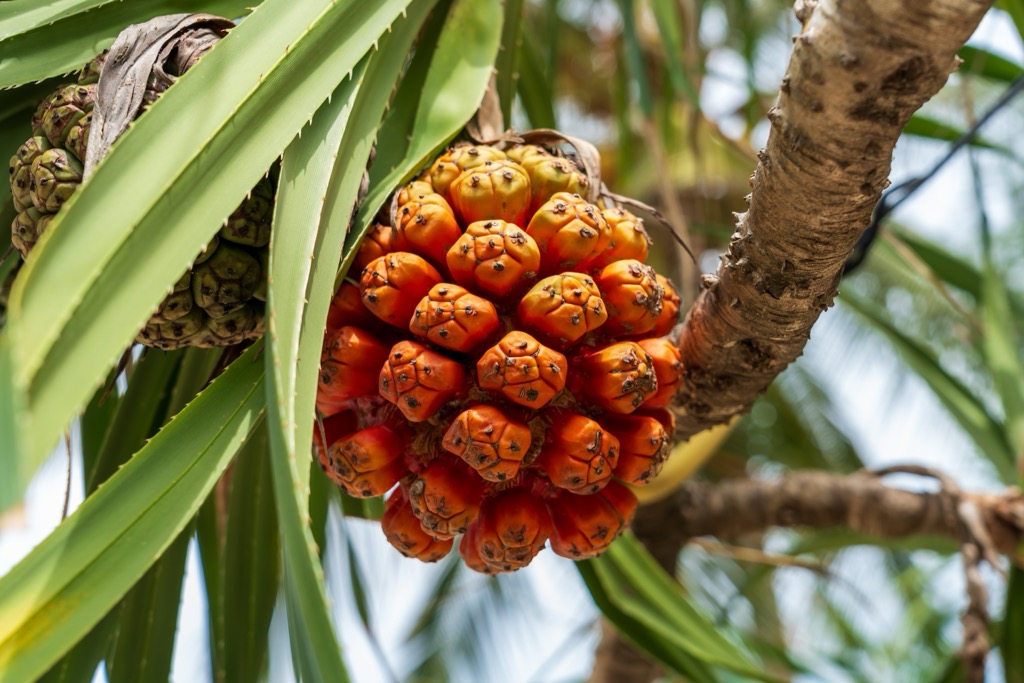
Seagrass is the foundation of life in the marine ecosystem, as it is the primary food source for local residents like leatherback and green sea turtles and dugongs. It also serves as a massive underwater carbon sink that is crucial to life on Earth. The archipelago is home to 12 of the 16 species of seagrass that grow wild around India.
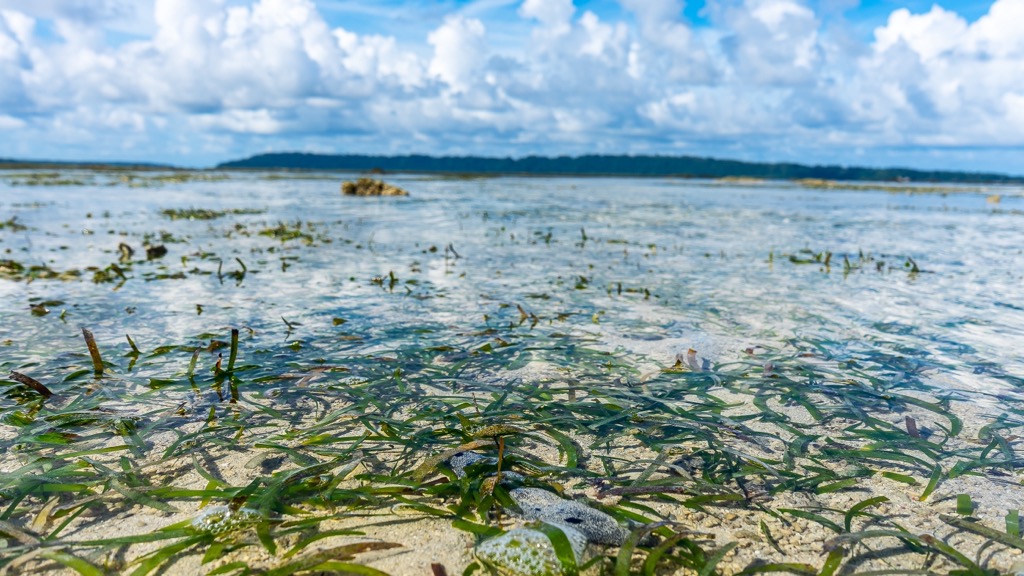
The island chain is home to a staggering 140 species of orchids, including 23 endemic species, that thrive in the hot, humid rainforest ecosystem. As their habitat dwindles and greedy collectors steal them from nature, conservation efforts aim to preserve what’s left of these precious and delicate flowers.
Bulbophyllum andamanese: a rare and curious orchid with small, colorful flowers, they prefer to latch onto host plants high in the canopy.
Dendrobium andamanicum: an endangered species found only in the virgin forests of Andaman and Nicobar.
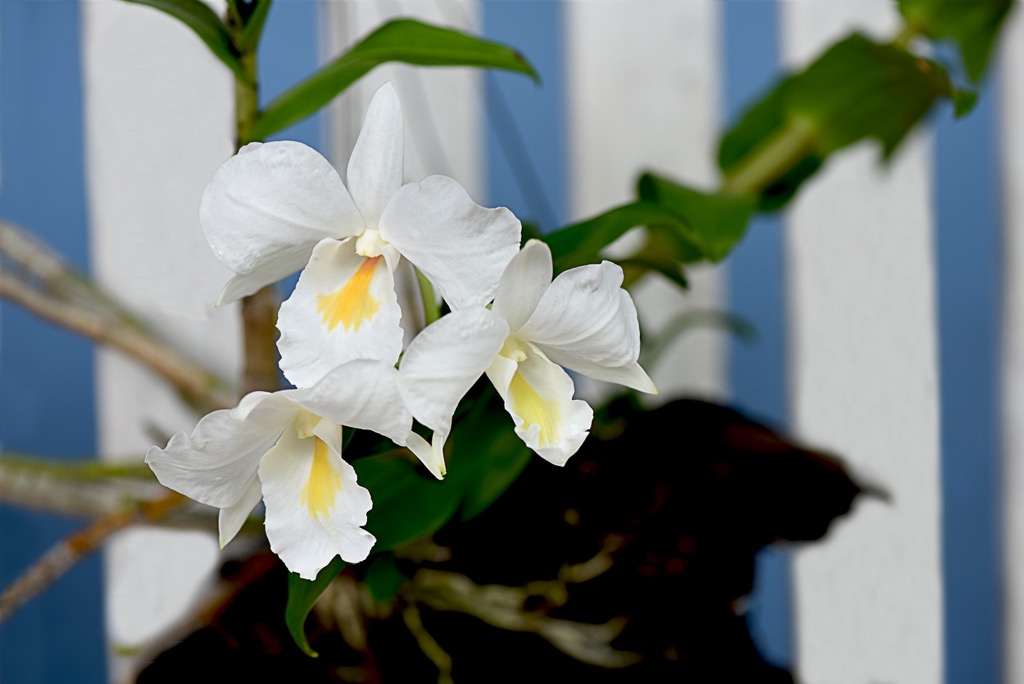
Vanda andamanica: classified as a vulnerable species. White flowers and an intoxicating aroma characterize this distant relative of vanilla.
Eulophia andamanensis: an extremely rare and minuscule flower, this orchid grows wild on the tropical evergreen forest floor.
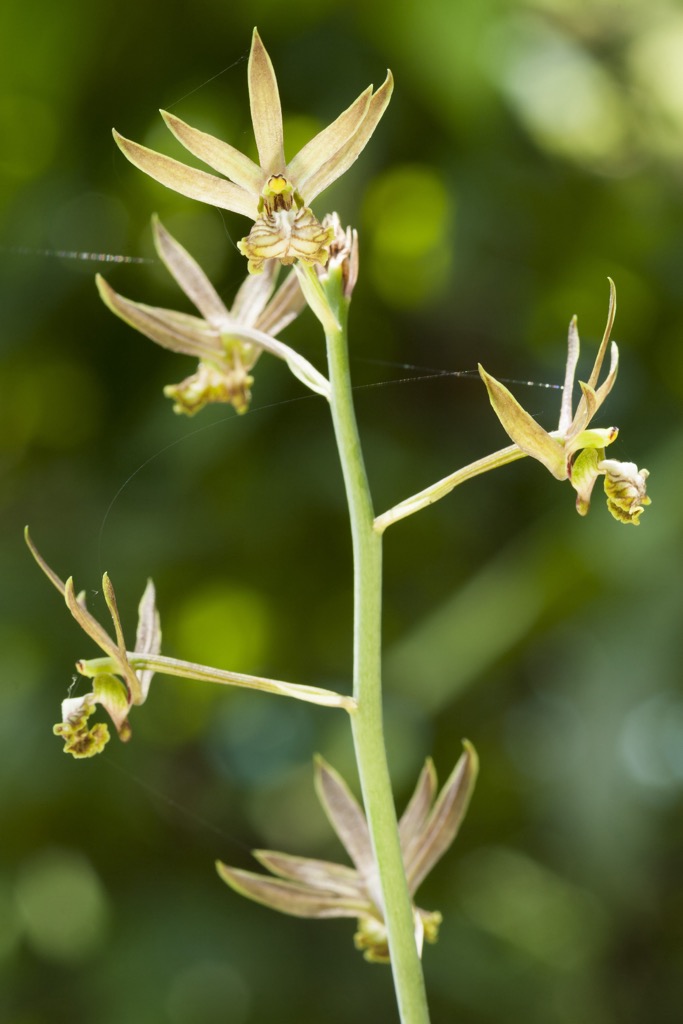
While the island chain makes up about just a tiny fraction (.25%,) of India’s total geographical land area, it’s home to more than 10% of the country’s fauna. Meanwhile, more than 11% of its species are endemic. Thanks to its incredibly diverse habitats, ranging from the coastal waters to the highest points of Saddle Peak, the Andaman and Nicobar Islands are host to one of the biologically diverse ecosystems on the planet.
With 46 kinds of mammals residing on the islands, the islands are known for their wildlife that thrives in the rainforests, coasts, mangrove swamps, and coral reefs.
Many endemic mammals make their home here, including:
Nicobar long-tailed macaque (Macaca fascicularis umbrosa): also known as the Nicobar monkey, this is the only primate on the island chain. They live exclusively on three different Nicobar islands: Great Nicobar, Little Nicobar, and Katchal Island. These primates are highly social animals and enjoy the company of their group members. The monkeys dine primarily on a diet of fruits and nuts, but will expand their diet to include everything from leaves, bark, and insects to flowers, crabs, or frogs when times are tough.
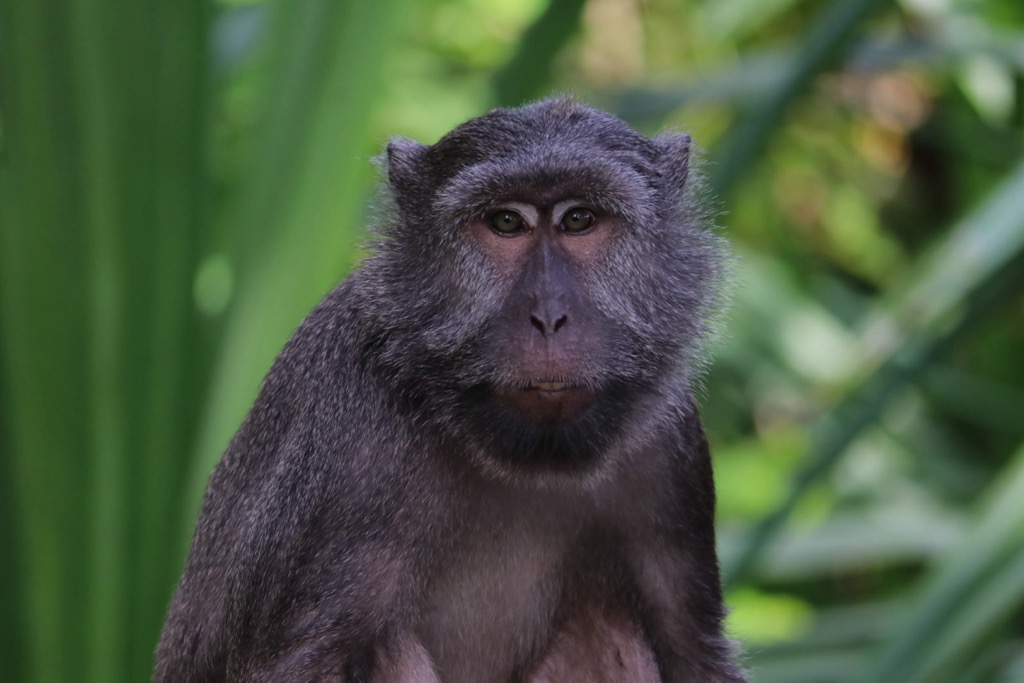
Andaman Horseshoe Bat (Rhinolophus andamanensis): it’s easy to identify this unique bat species, thanks to its namesake horseshoe marking. These endemic bats thrive in the caves and forests of the island and are known for their role in controlling local insect populations, which is appreciated by one and all.
Andaman White-Toothed Shrew (Crocidura andamanensis): a critically endangered species, endermic to South Andaman Island, these shrews have peculiar habitat requirements, preferring the dense undergrowth of the rainforest and mangroves. They are primarily nocturnal, feeding on insects and soil invertebrates. Unfortunately, the habitats of these animals have been severely impacted by natural disasters, like tsunamis, logging, and climate change, putting the species' future survival in serious jeopardy.
Andaman Dugongs, (Dugong dugon), the State Animal of Andaman, and known commonly as the “sea cow,” these endangered marine mammals are nearing extinction, primarily due to poaching. They prefer a shallow, warm, coastal environment, where they feed primarily on seagrass. Slow swimmers, they tend to be found foraging around in seagrass meadows.
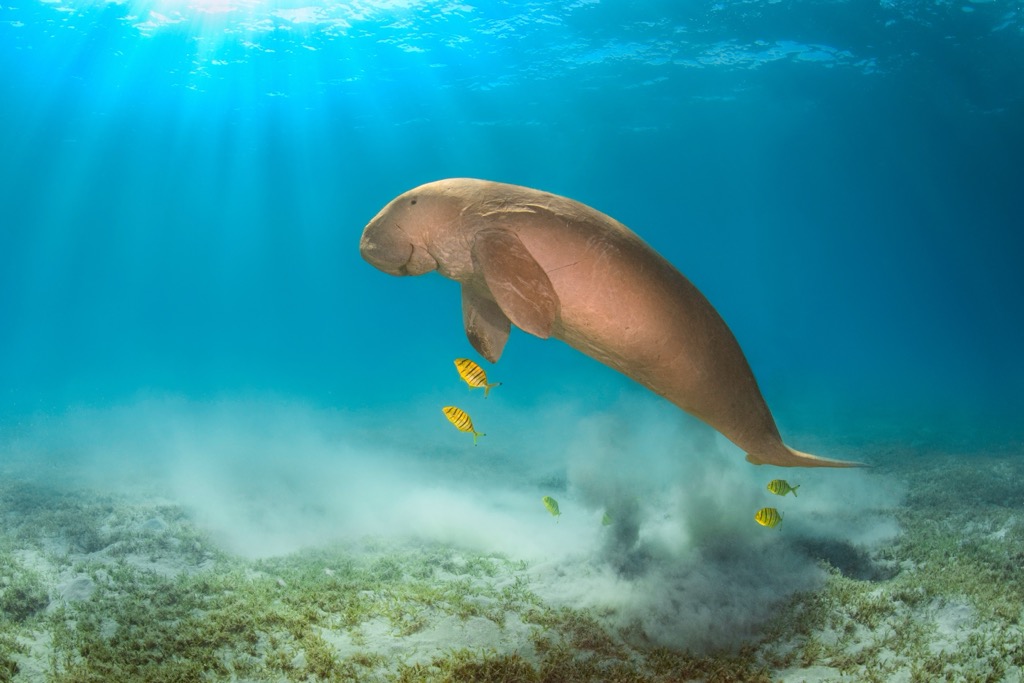
Between the Andaman and Nicobar Islands, there are 29 endemic bird species. Chidiya Tapu, aka “Bird Island,” is a Mecca for endemic species, not to mention a birdwatcher’s delight.
Andaman Wood Pigeon (Columba palumboides): Similar to the Green Imperial Pigeon, the species is known for its dark, glossy plumage, red claws, and one-of-a-kind call. They are currently protected under Indian wildlife laws due to the loss of prime habitat.
Andaman Serpent Eagle (Spilornis elgini): A medium-sized raptor, the Dark Serpent Eagle is known for its skill in hunting snakes and unique call consisting of three to four short chirp-whistles. You really have to hear it for yourself. By all estimates, fewer than 4,000 of these elusive and majestic eagles remain, all calling the Andaman and Nicobar Islands home.
Narcondam Hornbill (Rhyticeros narcondami): The entire population of this endemic species numbers about 200 and is confined exclusively to Narcondam Island. While the male is known for its bright plumage, the females are completely black.
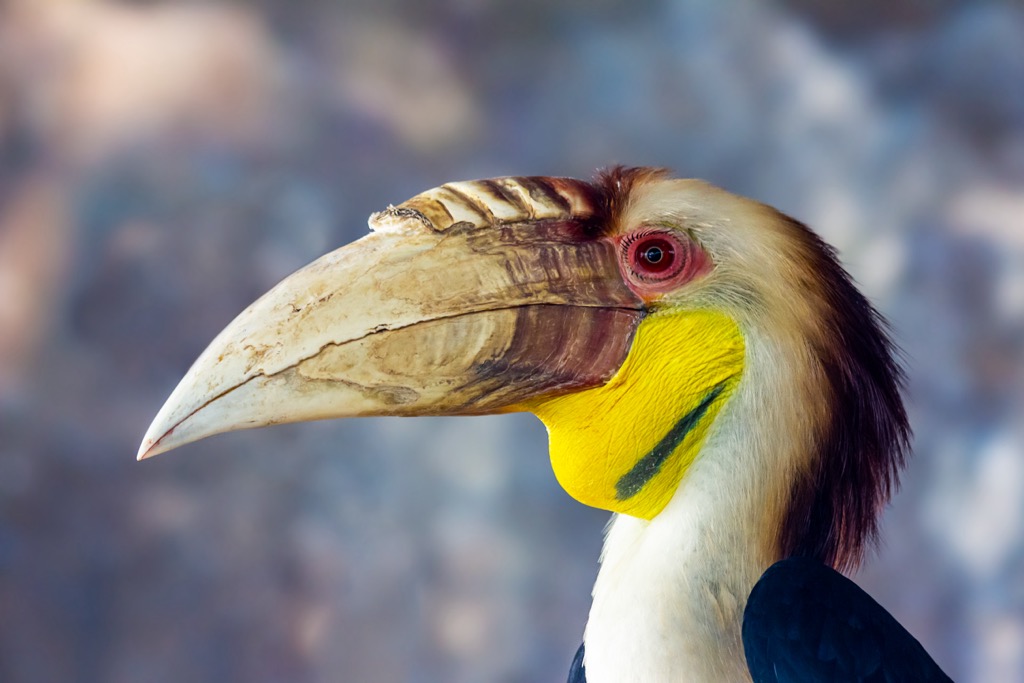
The Andaman and Nicobar islands have a long and fascinating backstory with evidence suggesting that the first inhabitants arrived by way of prehistoric migrations from the African continent.
The oldest archaeological evidence dates back to the first millennium B.C. It is believed the Archipelago was first inhabited tens of thousands of years ago by six indigenous tribes. Of the six, the Great Andamanese and Sentinelese tribes are likely the oldest, with estimates ranging from 30,000 to 60,000 years old, placing them among the oldest continuously living populations outside of Africa.
The Jarawas, the Onge, and Shompen are all native tribes of the archipelago, with their own languages and customs. They are all somewhat isolated, semi-nomadic, hunter-gatherer tribes. It is believed that some of these tribes number as few as 50–100 and are classified by the Indian government as Particularly Vulnerable Tribes.
Today, the Nicobarese are the largest of the island chain’s indigenous tribes, with a population of around 30,000 strong. They utilize settled agriculture and rely heavily on fishing, a significant factor in their longevity and prosperity.
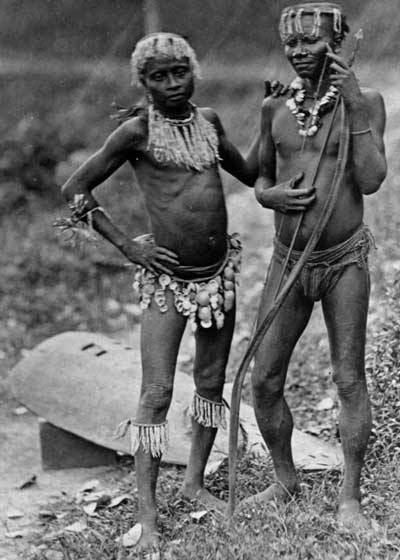
Of all the remaining indigenous tribes on the island, the hunter-gatherer Sentinel tribe is probably the most misunderstood and reclusive. In 1956, the government of India made North Sentinel Island a tribal reserve, creating a 3-mile buffer around the island that continues to exist today. The Sentinelese continue to shun all human contact and influence from the outside world and are regarded to be the single most isolated group of people in the world. As a result of their voluntary isolation, little is known about the tribe, its language, or its practices. It seems that’s the way they prefer it.
In the 18th century, The Danish East India Company was among the first expeditions to stake claim to Nicobar Island. Although unsuccessful in their attempts, partly due to pushback from native tribes, Nicobar was briefly known as “New Denmark”.
The British annexed the islands in the early 19th century and set up The Cellular Jail, a penal colony on South Andaman, known for intense solitary confinement as well as cruel and unusual punishment. A number of so-called freedom fighters, such as Vinayak Damodar, spent time here, and today, it’s a museum and tourist site.
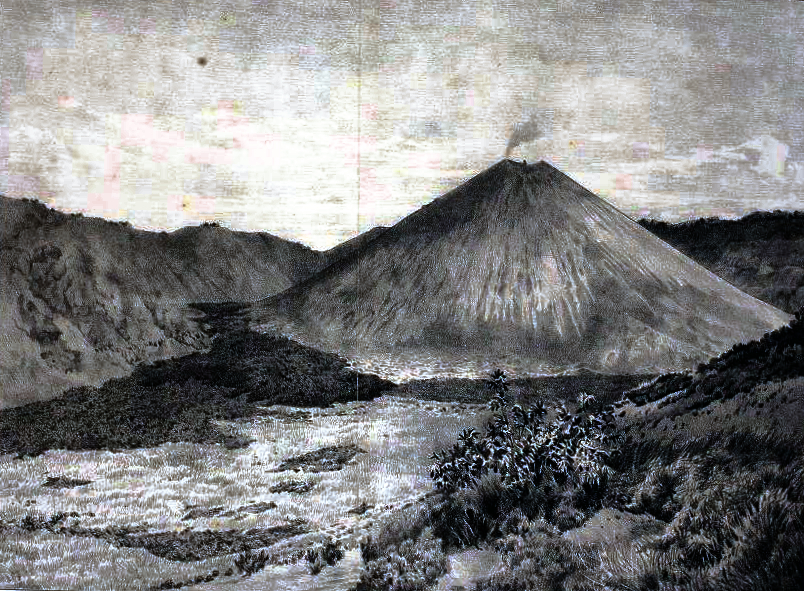
During WWII, the islands were occupied by the Japanese and used for their strategic positioning in the Indian Ocean. Eventually, India gained independence in 1947, and Andaman and Nicobar were officially welcomed as a Union Territory of India in 1956.
Today, the Andaman and Nicobar Islands are most well-known for tourism, with fishing and agriculture well behind in terms of the local economy.
The island chain has nine national parks, providing adventurous tourists with plenty of great options for exploring the islands on foot. The best time of year for hiking is typically during the dry season which runs from November to April. If you visit during monsoon season, be prepared to get muddy and have limited hiking options. Regardless of when you visit, keep in mind that saltwater crocodiles are a perennial threat, as are the venomous snakes that thrive here. It’s always good to go with a guide when adventuring out of your home area.
Within the Great Nicobar Biosphere Reserve lies Galathea National Park, which is famous for its unique wildlife, especially the leatherback turtles that nest here. The park should be at the top of your list for anyone seeking out the more rugged and less-touristy locales, as it has a more wilderness feel. The dense rainforest and limited infrastructure make for challenging travel – but that’s also what makes it so special.
If a more relaxing (less rigorous, easier ) coastal hike is better suited to your goals or group, Rani Jhansi Marine National Park should be on your shortlist. Meandering through forests, rocky beaches and coastal curiosities, the trails here provide an unmatched opportunity to interact with marine and coastal flora and fauna.
Running about 1,200 km / 750 mi in a north-to-south direction, the tropical island archipelago is part of a partially submerged mountain chain called Andaman-Nicobar Ridge, an extension of the Arakan Yoma Range of Myanmar, and the Alpide Belt in Southeast Asia. While the island chain would not be considered “mountainous” by most definitions of the word, the terrain, formed by a combination of tectonic and volcanic activity, is among the world’s most rugged and unique, to be sure.
The range’s tallest peak at 732 m / 2,402 ft, Saddle Peak is located near the city of Diglipur on North Andaman Island, within its namesake National Park. Historically, the summit was used as a lookout point during British colonial rule. As you would expect from the highest point in the archipelago, the views are outstanding and must be earned. Only fit hikers need apply for this steep, challenging 8 km/ 4.98 mi one-way trek. Along the climb are three notable viewpoints, with the middle vista providing the most unique lookout. A permit is required to enter the National Park, which can be purchased at the entry gate on the day of your trip.
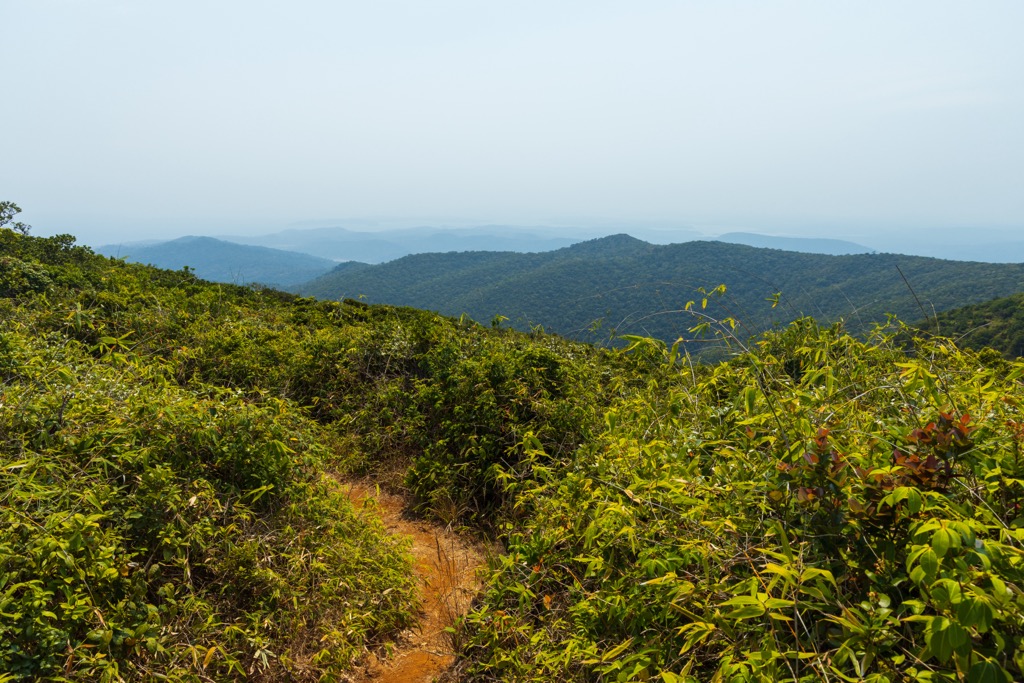
Saddle Peak is probably the most popular hike on the islands, but don’t let that stop you from reaching this unique summit, the highest point in the archipelago. At 8 km one-way, it’s a challenge for many and well worth the effort for the potential wildlife encounters and panoramic view.
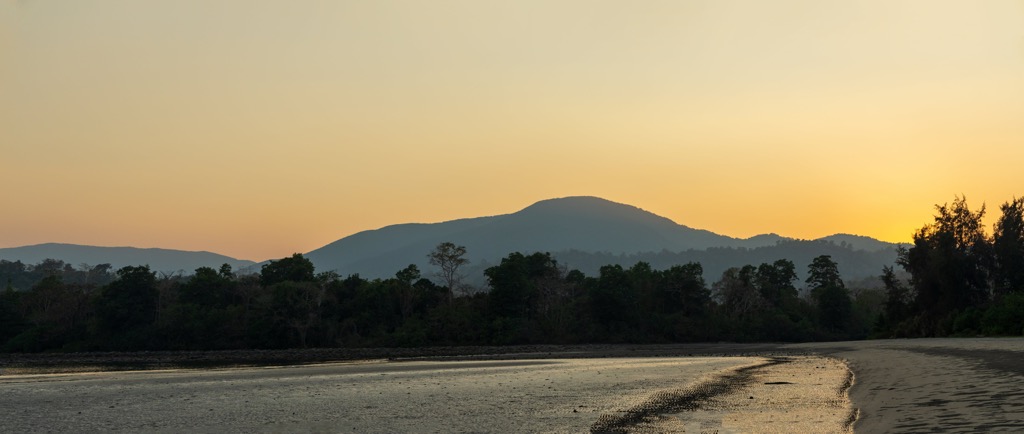
The highest peak in the Nicobar group, at 642 m / 2,106 ft, Thullier lies within UNESCO’s Great Nicobar Biosphere Reserve, which encompasses an incredible 85% of the island. All five of the island’s named perennial rivers begin on the mountain, including Galathea, Jubilee, Amrit Kaur, Dak Aniang, and Dak Tayal. It is a peak shrouded in mystery.
Famous for its likeness seen on the 20-rupee note, Mount Harriet, also known as Mount Manipur, is the third tallest peak in the archipelago at 383 m / 1,257 ft. It is the closest mountain to the capital, Port Blair, just 20 km / 12 mi away. The summit offers hikers a one-of-a-kind view of the North Bay and Ross Island. The peak is part of the Mount Harriet National Park, which is home to the Negritos people, a hunter-gatherer tribe, which resides in the tropical rainforest.
As the capital and largest city in the archipelago, as well as the site of the main airport, Port Blair is the likely starting point for any and all visitors. By far the most developed area in the Andaman and Nicobar Islands, tourists and locals are served with an excellent selection of markets, schools, government offices, airports and hospitals, and culturally and historically significant locales, including the Cellular Jail (former Penal colony.) The city is also known for several museums, including the Anthropological Museum, highlighting the fascinating history of the islands’ indigenous cultures, and the Samudrika Naval Marine Museum, which displays the area's marine biodiversity. Travelers of all types will find a complete selection of services, from hotels, restaurants, tour operators, and transportation.
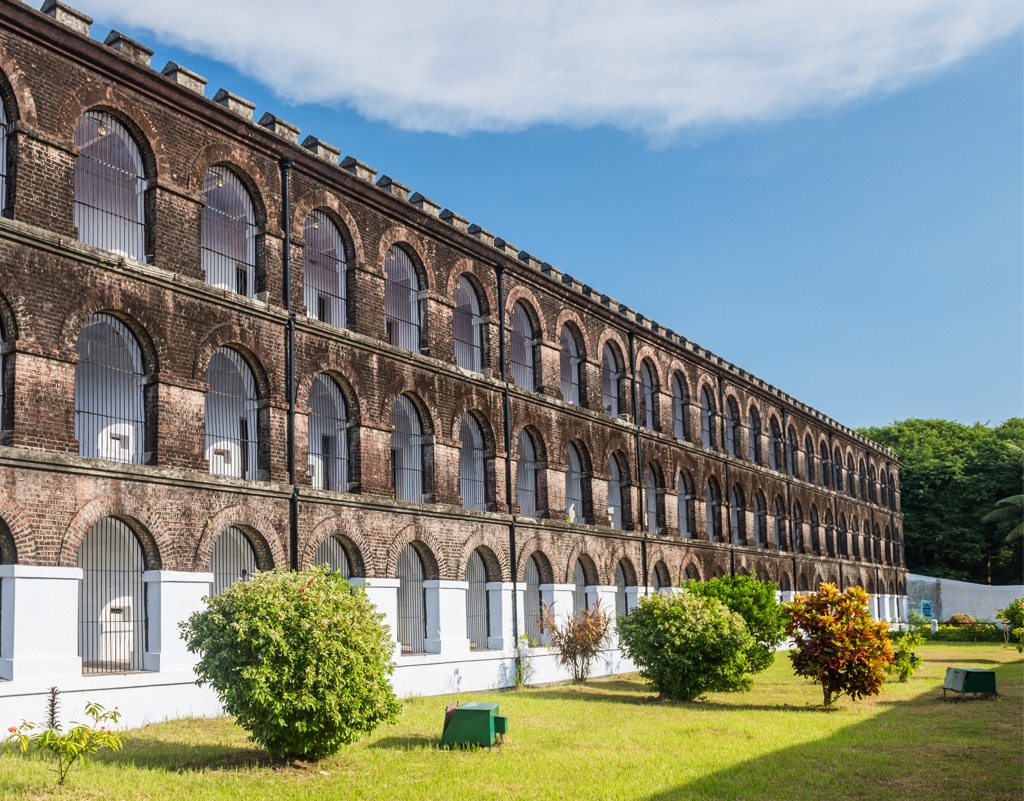
Situated on Middle Andaman Island, Rangat is about 170 km (105 mi) north of Port Blair. Known for ecotourism, mangroves, beaches, and waterfalls, it’s a popular destination, although a peaceful one, as it’s less commercialized than some of the other tourist stops. If you are visiting Amkunj Beach, lined with black volcanic rocks and driftwood benches, stop for a picnic lunch; however, the strong currents make it less desirable for swimming. Rangat is also where you will find the longest mangrove walkway in India. At 700 meters long, the boardwalk ends at Dhaninalla Beach, a destination in itself.
Diglipur is the biggest city in North Andaman and a launching point for adventure and exploration because it is close to Saddle Peak National Park and the Alfred Caves. Be sure to take a stroll along the sandbar, which is submerged at high tide and revealed at low tide, naturally connecting Ross and Smith Islands.
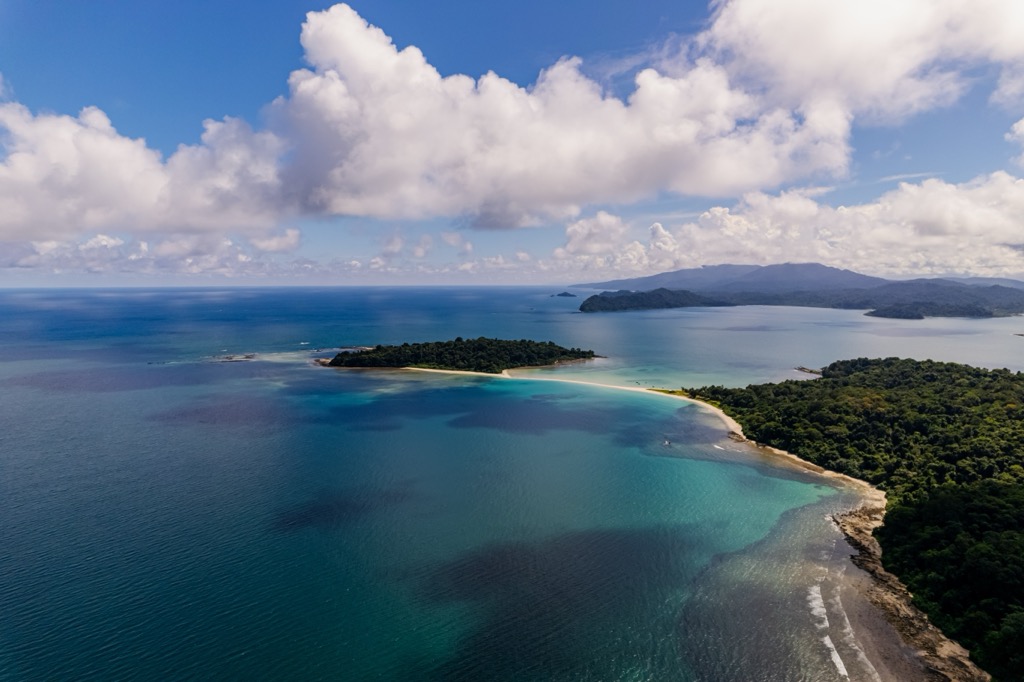
Car Nicobar is home to the Nicobarese People, so access is restricted for their protection. There is a small airstrip, government offices, schools, and a hospital, but don’t expect to see any of it; it’s truly “locals only.”
Explore Andaman and Nicobar Islands with the PeakVisor 3D Map and identify its summits.








